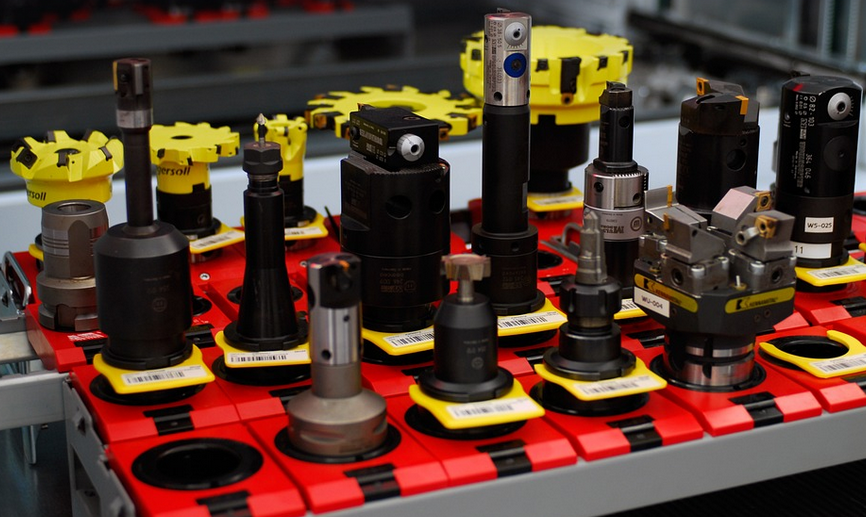Why is My Heater Blowing Cold Air?
Imagine coming home after a long day and finding your house freezing cold, even though the thermostat is set to a comfortable temperature. It’s incredibly frustrating, especially when it seems like no amount of fiddling with the knobs can fix things. This is where knowing why your heater might be blowing cold air comes in handy. You’ll be empowered to tackle the issue head-on and regain some sense of warmth.
There are several potential causes for a situation where your house feels colder than usual, even when heating system is running. It can range from simple issues like a dirty filter to more complex problems with the furnace, ductwork, or wiring. This guide will help you navigate through these possibilities and pinpoint the source of that annoying chilly blast.
Common Culprits
Let’s delve into some common reasons why your house might be blowing cold air despite a running heating system:
1. Dirty Air Filters: A Simple Yet Crucial Factor
The first and foremost culprit for insufficient heating can often be found in the most accessible location – your furnace filter. Over time, dust, pollen, pet dander, and other airborne contaminants accumulate on this filter, restricting airflow and hindering the heater’s ability to deliver warm air. A dirty air filter is like a roadblock for your home’s warmth.
To address this, regularly check your air filter and replace it every 1-3 months, depending on your usage patterns and the type of filter you have. Regularly cleaning or replacing the filter will ensure optimal airflow and keep your furnace operating at peak efficiency.
2. Inefficient Ductwork: Is Your Home’s HVAC System Connected?
Your home’s ductwork plays a crucial role in circulating warm air throughout its spaces, connecting the heating system to every nook and cranny. This often-overlooked component can lead to significant inefficiencies if it’s not properly installed or maintained.
Duct leaks, insulation issues, or gaps in the ductwork can significantly reduce airflow and create cold spots in your home. If you suspect this might be the problem, look out for drafts around your vents, uneven temperature distribution, and a general lack of consistent heating.
3. Faulty Thermostat: The Remote Control of Your Heating
Your thermostat is the brain that controls the whole operation – from regulating the temperature to controlling the airflow. If something is amiss with your thermostat, it can lead to inconsistent temperatures and a lack of proper heating.
A faulty or malfunctioning thermostat can cause inaccurate readings, resulting in your heater working hard but not delivering the desired warmth. To check for this issue, ensure you have properly calibrated the thermostat and that it’s functioning correctly. It’s worth checking the batteries and ensuring all settings are correct.
4. Blower Motor Issues: A Silent Killer
The blower motor is the engine responsible for moving air throughout your home, circulating warm air from your furnace to different rooms. If it’s not working correctly, the result can be cold spots and uneven heating.
If you hear a humming noise or notice that the fan isn’t rotating at full speed, this might signify a malfunctioning blower motor. A faulty motor can be repaired but may also be replaced depending on its age and condition.
5. Blower Motor Issues: A Silent Killer
The blower motor is the engine responsible for moving air throughout your home, circulating warm air from your furnace to different rooms. If it’s not working correctly, the result can be cold spots and uneven heating.
If you hear a humming noise or notice that the fan isn’t rotating at full speed, this might signify a malfunctioning blower motor. A faulty motor can be repaired but may also be replaced depending on its age and condition.
6. Frozen Condensate Line: A Hidden Threat
The condensate line is the pathway for draining water that collects in your furnace during the cooling process. if it becomes blocked or frozen, this can disrupt the flow of warm air to different rooms.
To prevent this from happening, ensure your condensate line is clear and doesn’t get blocked by debris or ice buildup. This will help maintain proper heat circulation throughout your house.
Troubleshooting Tips: A Step-by-Step Guide
If you suspect any of these issues are causing your heater to blow cold air, here’s a step-by-step guide to troubleshooting:
1. **Check Air Filters:** Examine your furnace filter for dirt, debris, and clogs. Regularly replace the filters every 1-3 months or as needed.
2. **Inspect Ductwork:** Look for gaps, damaged ducts, and loose connections in your ductwork system. Seal any leaks or repair them for better airflow.
Check your thermostat: Ensure it’s properly calibrated and setting to the desired temperature. Consider replacing the batteries if necessary.
3. **Analyze the Blower Motor:** Listen for any unusual noises from the blower motor, such as humming, grinding, or a lack of power. This can indicate potential problems with the motor itself.
4. **Check the Condensate Line:** Ensure there are no clogs in the condensate line that could be hindering airflow to your rooms and prevent buildup of ice.
5. **Call a Professional: When All Else Fails**
If you’ve gone through these troubleshooting steps, but still can’t figure out why your heater is blowing cold air, it might be time to call in the experts!
A qualified HVAC technician will have the experience and tools needed to diagnose the source of the problem accurately. They can assess the situation, identify any underlying issues, and offer effective solutions for restoring comfortable warmth to your home.
